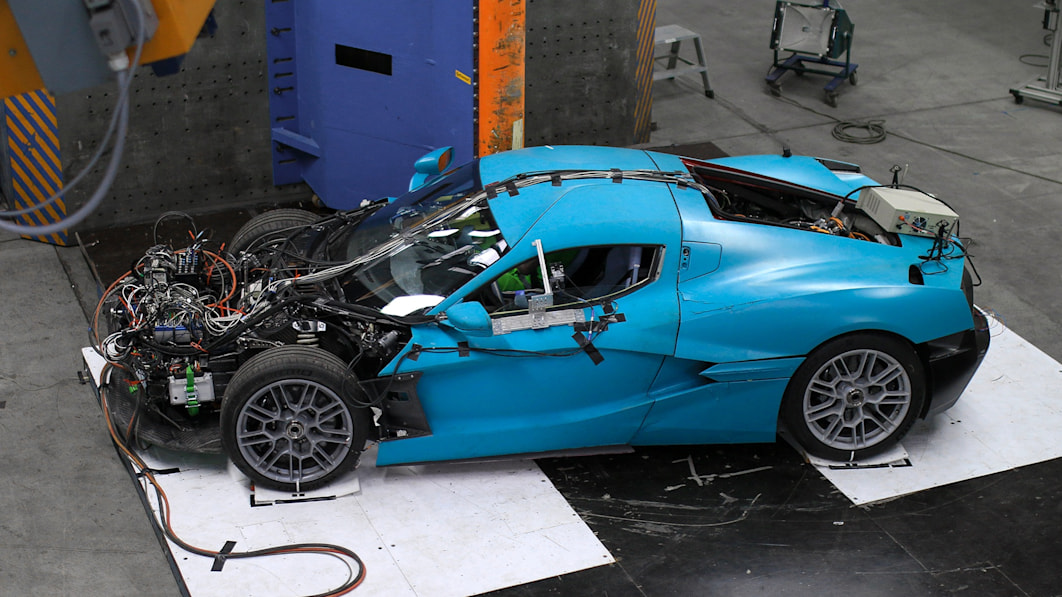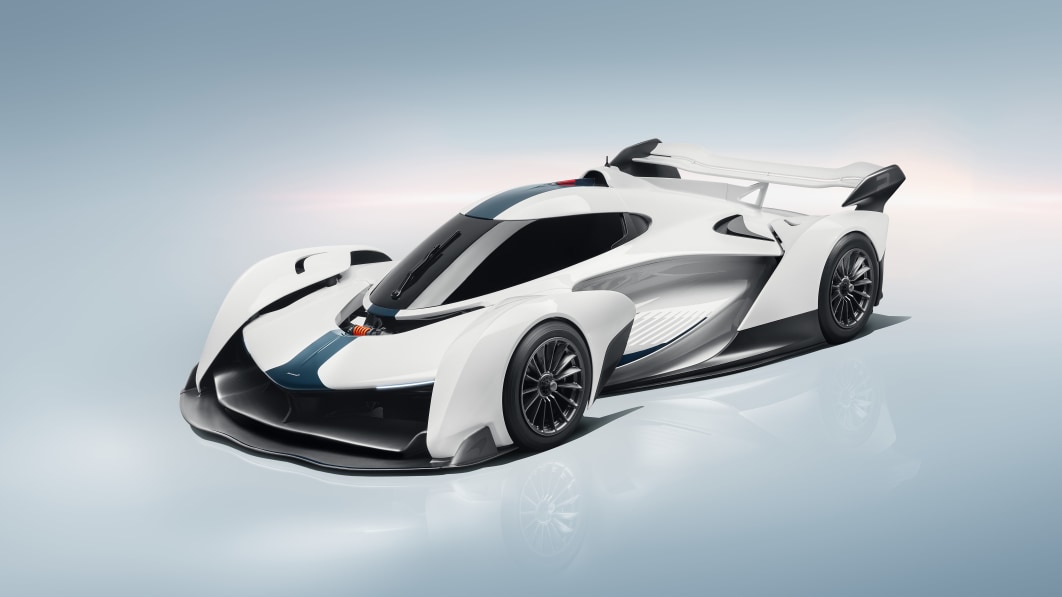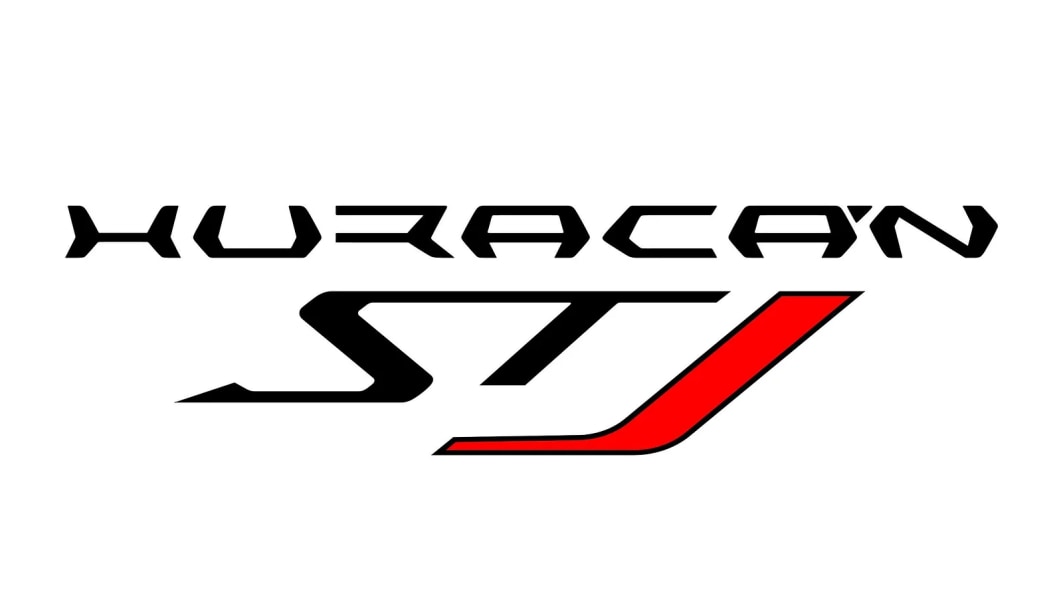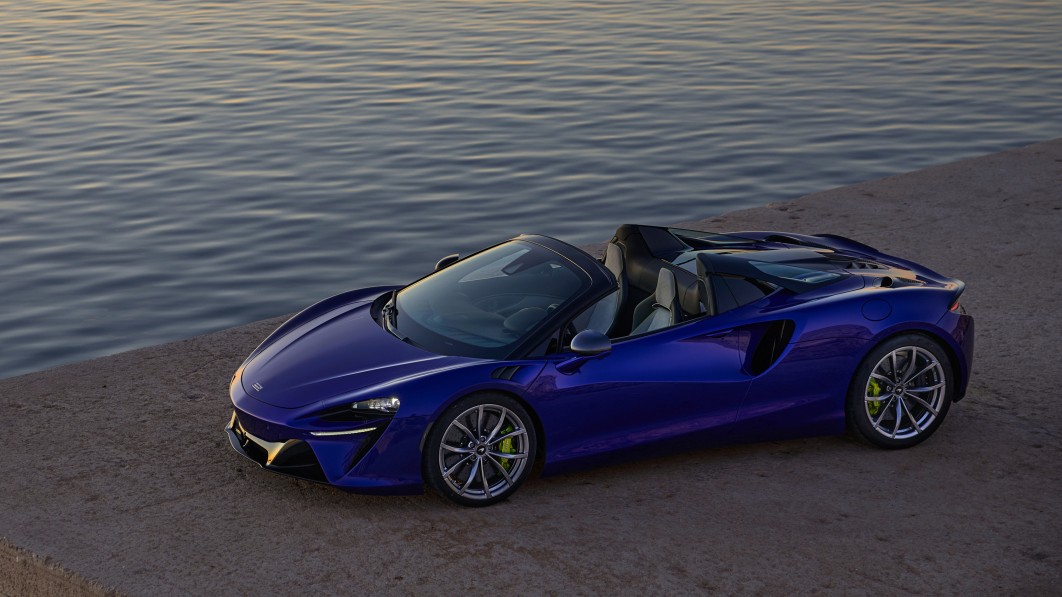Homologating a car to meet the various safety rules for various markets is a time-consuming and very expensive proposition. For the Rimac Nevera, a 1,914-horsepower electric supercar, that process has taken four years, a company-issued release says.
Billed as the fastest-accelerating car in the world, the Nevera goes 0-to-60 in just 1.85 seconds and claims a top speed of 258 mph. It stickers at €2 million ($2.27 million), so its crash testing was not to be taken lightly.
Rimac says that Nevera prototypes were put through the ringer with 45 physical crash tests that destroyed nine examples. If you’re keeping track, that’s over $20 million in smashed Rimacs.
Fortunately, for the many more passive safety tests, computer simulations could be used instead. Rimac says engineers conducted thousands of digital trials using High Performance Cluster computers capable of extremely detailed simulations. A physical test might take just 80 milliseconds, Rimac says, but a single HPCC simulations could take as long as 20 hours of processing time.
The simulations also proved useful in telling engineers what kind of adjustments were required to get the actual crash test cars to pass. They then made those changes to the real cars’s design before, as Rimac puts it, “subject[ing] them to ‘the wall’.”
While European crash testing was completed last year, the final test for U.S. certification took place in January. The test in question mimicked a 20 mph side impact with a pole, to replicate sliding into a lamppost or tree (this seems to be an all-too common fate for supercars). It’s a difficult test, as it strikes the car in a spot where there’s very little car — and thus little space for energy-absorbing crumple zones — between the stationary object and the occupants.
However, the company says that the Nevara performed quite well — so well, in fact, that the door closest to the impact could still be opened post-crash. The fact that the Nevara is composed of a carbon fiber monocoque — the largest single piece of carbon fiber used in a car — that stretches from the front suspension to the rear. Rimac says that makes the Nevara the stiffest production car ever built. Its torsional rigidity measures 70,000 Nm/degree, while a “regular” supercar registers 40,000 Nm/degree, the company explained. It also adds that the 440-pound monocoque can withstand more than three times the weight of the car.
Only 150 Nevaras will be built, each powered by four motors and a 120 kWh, 6960-cell battery that provides 1,914 horsepower and 1,741 lb-ft of torque. Hopefully the crashed units don’t factor into that production tally.




